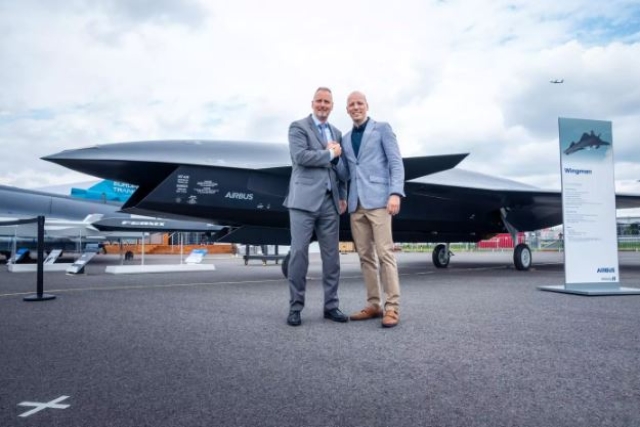Defense AI Firm, Helsing to Invest in Estonia
Founded 3.5 years ago, Helsing is valued at over €5 billion and specializes in AI-driven software solutions for defense and security across air, land, and maritime domains.

Germany-based artificial intelligence firm Helsing has announced plans to open a branch in Estonia, with an investment of €70 million in Baltic defense projects over the coming years.
Founded 3.5 years ago, Helsing is valued at over €5 billion and specializes in AI-driven software solutions for defense and security across air, land, and maritime domains.
While military priorities often focus on hardware and ammunition, Co-founder and co-CEO Gundbert Scherf emphasized the growing importance of software in defense. "We use it to process all of the very rich data that gets produced, fuse that, analyze it, where it is produced, and then give the user, the men and women in uniform, the best situational picture they have so they can make the best decision," Scherf told ERR.
Helsing operates in several European countries, including France, the U.K., and Ukraine, especially following Russia's full-scale invasion. The decision to invest in Estonia aligns with the company's move towards deterrence. "Estonia, obviously, is not only a key country on the eastern flank, it's also a country that has been positioning itself as a leader in technology. It was a very natural conclusion to go there," Scherf explained.
The planned investment of €70 million will be distributed across Estonia, Latvia, and Lithuania. Helsing is already in discussions with the Estonian government and the Ministry of Defense about how their technology can contribute to the nation's defense capabilities. "One, for its own [defense] forces, but two, also importantly, so that we can actually use the insight from Estonia, a country that obviously has a very clear view of what is required, to drive the thinking in Europe," Scherf said. He added that learning from the eastern flank would enhance both military forces and Helsing's products and technology.
Scherf highlighted that AI could significantly aid in drone and artillery operations. "What Russia has done quite successfully in the last year or so is they've deployed electronic warfare, basically jamming connectivity, making it very hard to use drones as we traditionally have used them to detect objects. Our technology can sit on top of a drone on a chip and can actually then do the detection on the drone," he explained. This approach offers resilience to jamming and electronic warfare, improves drone navigation, links them to artillery, and enhances interoperability.












